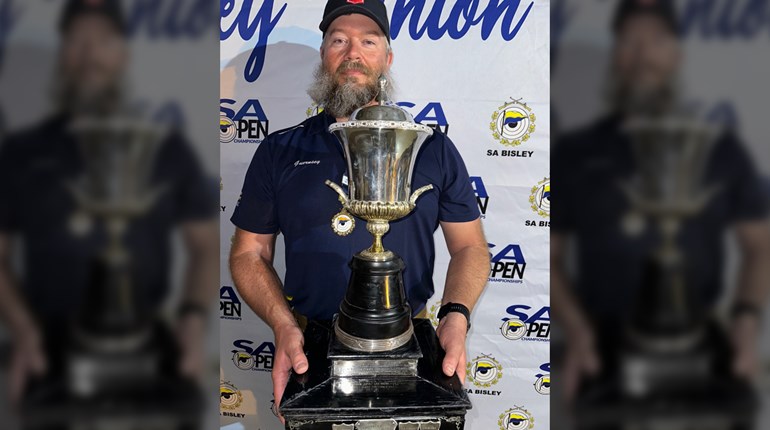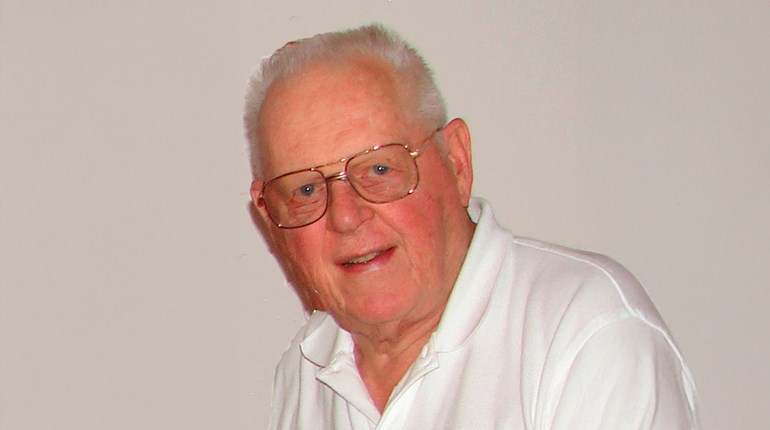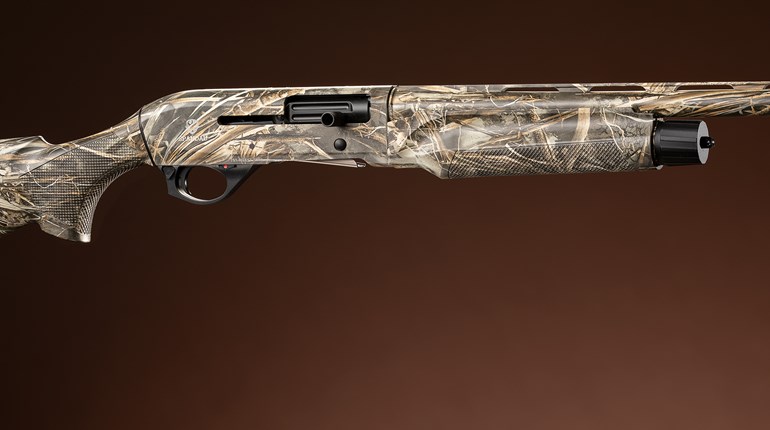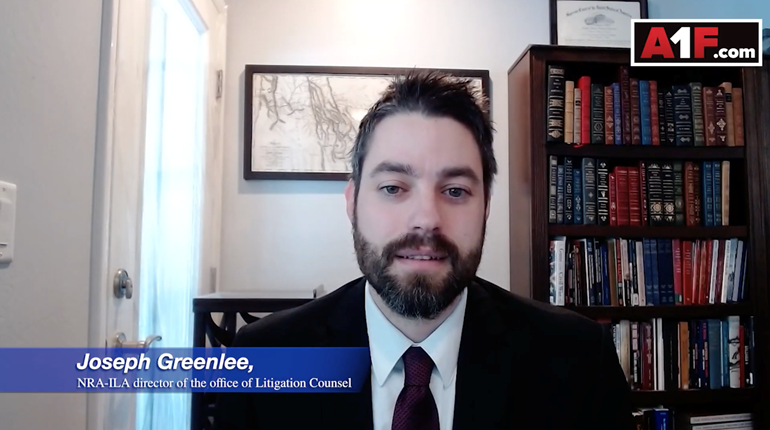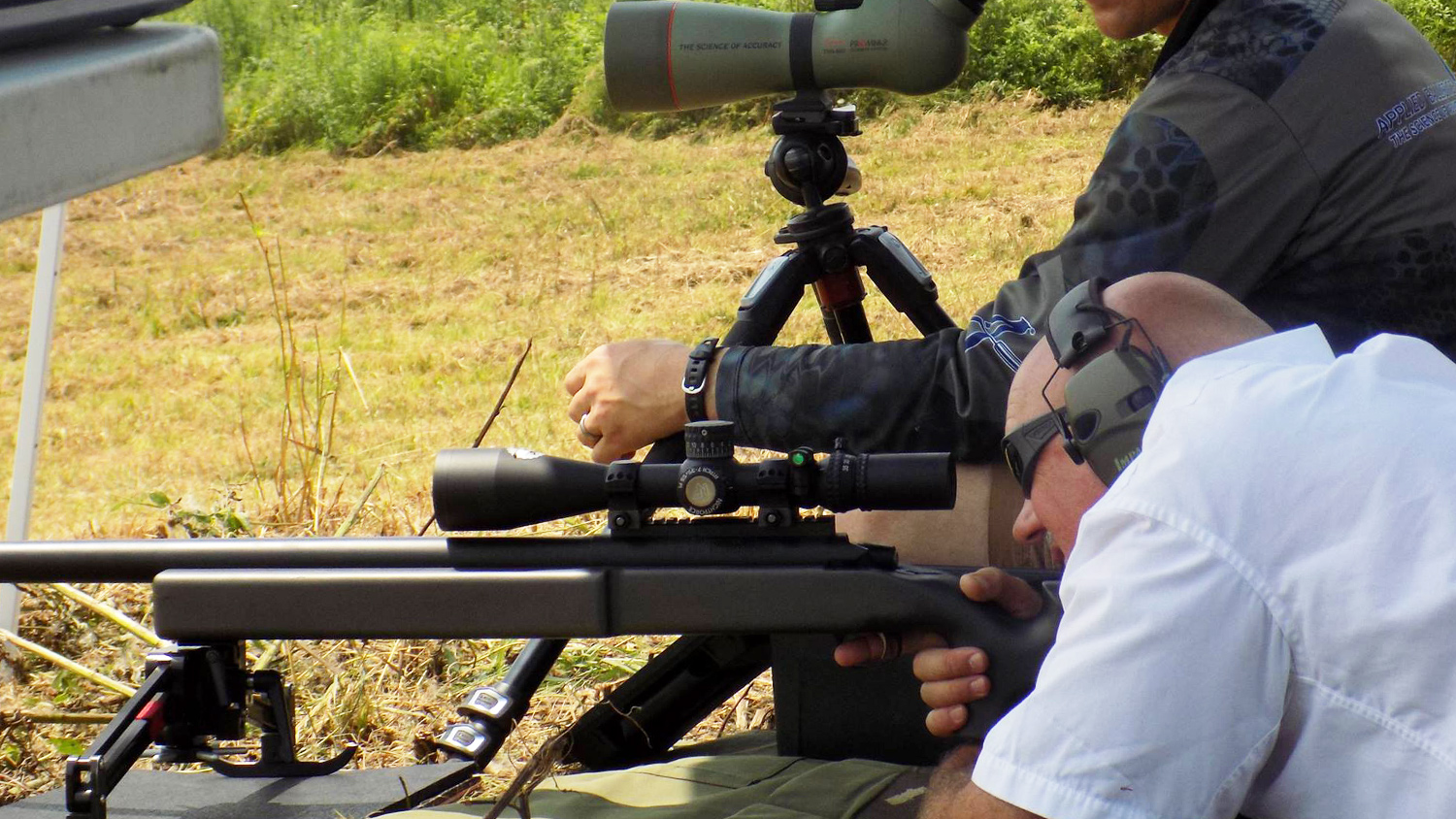
Veteran long range shooter Kent Reeve made his first Palma Team in 1999; achieved a rare “double” by winning the Canadian Fullbore Championships and their Governor General’s Championship in 2010; won the Canadian Fullbore again in 2011; and set a national record with a 200-22X at 600 yards. I asked Kent to share some of his experiences in the sport.
Editor’s note: This year at Camp Atterbury, IN, during High Power Rifle Long Range Championships, Kent placed eighth (that’s him pictured shooting above with Bryan Litz spotting) in the very first NRA One-Mile Extreme Long Range Match, and also won the Mustin Trophy, Herb “Doc” Aiken Trophy and the Andrus Cup.
Where did you start shooting, Kent?
I got started in over-the-course competition in 1988 with a DCM Garand and used it for two years. Mostly that was a waste of time because it simply was not very accurate. Following the advice of Jim Mullis (Charlotte, NC), I transitioned to a bolt-action gun and immediately started seeing progress. Things took off from there.
Many matches can run one to two weeks. What do you do to stay in shape?
That is a wonderful question, Rick. As you know, most of the U.S. events are four days or less. International events, however, can take several weeks. At a World Championship, for example, you may shoot during the host country’s Nationals, then the World Individuals, followed by the World Long Range Team (Palma). By the time you add international travel, one match can take you away from home for nearly a month. For cardio, I work out five days a week by swimming, and do weight workouts three times a week. On weekends that I’m not shooting, I might go bike riding or hiking.

And there may be mental stress also. Since employment can’t usually be put on hold for a month, I’m working some when I’m overseas. Staying in the present is very important. In my opinion, living for the moment helps reduce the stresses of overseas travel for a shooting tournament. The journey is often as fun, if not more fun, than the destination, so why not enjoy it!
Please take us through your shot process.
My shot process is pretty simple. I assign an MOA (minute of angle) number to the wind condition I’m observing. If that number is inside of the parameter I’ve assigned (for example, three to five minutes), I’ll shoot. If not, I’ll wait; decide how long I can wait; and keep evaluating the conditions.
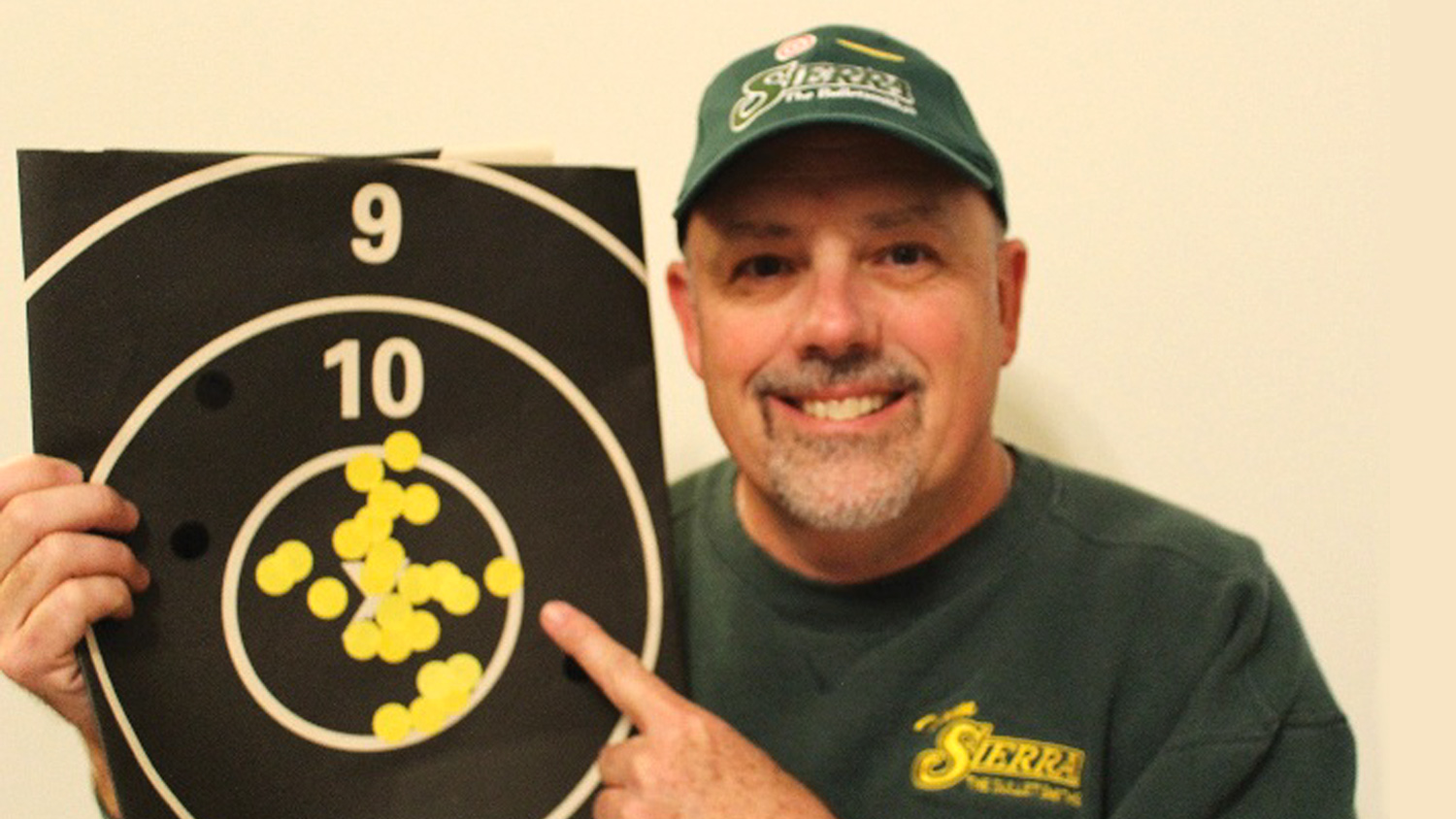
If I’m in “go mode,” I look through the sights while exhaling to ensure I’m pointing at my target. Once exhaled, I release the shot; call it; watch the recoil and make sure I follow through. It happens faster than you can read this sentence.
After follow through, my attention is back on the conditions. While the target is being marked, I may adjust my sights according to the condition I just observed. I have a very good idea of where the shot should appear before the target reappears from the pits. Therefore, that is when I adjust my sights. If the actual shot placement agrees with my prediction, I start the sequence all over again.
Successful shooting requires mastering the six inches of grey matter between our ears. How do you deal with the various mental stresses associated with top level competition?
My mental process is simple and involves staying in the present. One of the things I recall my mother saying to me when I was young was “Cross your bridges when you come to them.” Mom was not a shooter, but her advice about crossing bridges only when you come to them applies to shooting. That is my mental process.
Behind the scenes, I expect to do well. The hardware I bring to a big event is proven, so there is no mental clutter there. I load good ammo and know how it performs. Again—no mental clutter. I get good rest before a match and there is not much partying going on.
I started playing golf when I was 11 years old and discovered competitive shooting much later in life. For me, the mental process of those two sports is virtually identical. Therefore, when I started shooting, I was already sold on the idea of how important the mental aspects are in our sport.
Tell us a little about your loading practices.
My loading practices are simple, too. I don’t point and I don’t meplat trim. [Normalize bullet tips to reduce aerodynamic drag and enhance ballistic consistency.] My only reason for weight-sorting bullets is to make sure there are no “strays” in the box—that a 168-grain bullet didn’t fall into the box of 155s. I weigh all charges on a good scale. My brass is sorted into 0.5-grain lots, but I don’t think that really matters because I’ve shot the heaviest next to the lightest brass in a lot, and both shoot into the same group. All my brass is full length sized on every firing. Honestly, I think too many shooters try to buy points with technical stuff. Don’t get me wrong, I’m bringing a 0.5 MOA or better rifle and ammo combination to a match. After that, the rest is up to me. I’d rather shoot than twiddle in the loading room.
Your wind-reading skills are obviously very good. What works best for you: Flags, mirage or a combination of both?
I believe I’m a much better mirage reader than a flag reader, but they both involve the same thing: Identifying an image and recalling if that image has changed. I honestly don’t know many shortcuts in this area. How do you teach someone to see mirage flow or flag movement like you see it? This is one area where I struggled when I was learning the sport. My mentor—Jim Mullis, would say: “See how that mirage is flowing left to right, Kent?” More often than not, my answer was: “I don’t see any flow. All I see is confusion.” Then one day the light bulb lit up and it started making sense. Once I reached a level where I could somewhat understand it, I thirsted for more understanding, and things took off from there. For me, the “how” becomes much easier when I understand the “why.”
Do you do much teaching, Kent?
I teach younger shooters through selective, one-on-one mentoring. My mantra is: This is what we are going to do. Here’s how to do that. Here’s why we do it that way. The what/how/why are the three legs of the stool of understanding. One of my best students was Megan Lee. She attended Texas Christian University on a shooting scholarship. I started coaching her when she was 13. I am very proud of what she has accomplished.
Kids are the continuation of the sport we love, so I hope I have inspired some of those reading this article to make a positive impact with a young shooter. It doesn’t matter how little you have to give, just give it. Some of the biggest things in life were started by someone who had nothing more than a dream, coupled with the willingness to work towards it.













